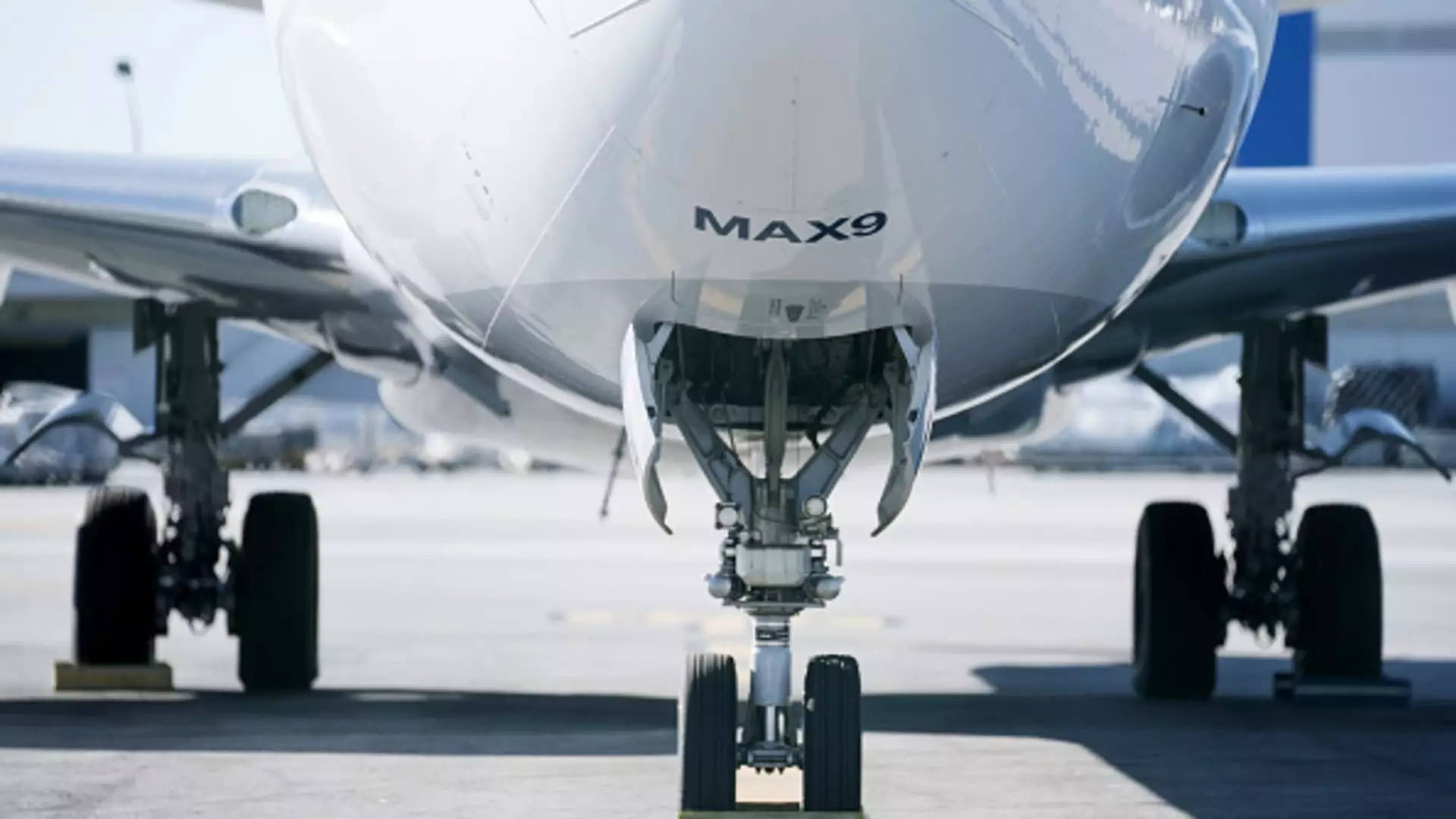Boeing, the leading aircraft manufacturer, is due to release its fourth-quarter results and address concerns from investors regarding the recent midair blowout on one of its new 737 Max 9 planes. This incident has raised questions about the potential ramifications for the aviation industry in the coming months and years. While the impact of the accident will not be reflected in the earnings report, it is expected to be discussed in Boeing’s outlook for the future.
Financial Expectations
Analysts surveyed by LSEG, formerly known as Refinitiv, anticipate that Boeing will report an adjusted loss per share of 78 cents and revenue of $21.1 billion for the last quarter of 2023. These projections highlight the challenges faced by the company, particularly in light of the recent blowout and its related consequences.
Rebuilding Reputation
Boeing CEO Dave Calhoun, who assumed leadership of the company in the aftermath of the fatal crashes involving the Max aircraft, now faces renewed pressure to restore the company’s reputation among airline customers, regulators, and the wider public. The blowout incident on Alaska Flight 1282 on January 5th, where a panel blew out mid-flight, causing significant damage to the plane, has further complicated Boeing’s efforts to regain trust.
Federal investigators are currently examining whether the door plug of the Max 9 aircraft was improperly installed prior to its delivery to Alaska Airlines. This incident represents a culmination of a series of apparent production flaws, which have not only delayed deliveries but have also fueled dissatisfaction among some of Boeing’s biggest airline customers. Meanwhile, rival aircraft manufacturer Airbus continues to outperform Boeing in terms of timely aircraft deliveries.
Although the Federal Aviation Administration has recently cleared the Max 9 to resume operations, it has also intervened by halting Boeing’s planned production increase. The manufacturer had aimed to reach a production rate of approximately 50 planes per month by 2025 or 2026, but this target has been put on hold. Furthermore, any delays in production could undermine Boeing’s financial goals and negatively impact suppliers and customers relying on new planes to meet post-Covid travel demand.
In response to the blowout incident, Calhoun has taken proactive steps to address the challenges facing Boeing. He has personally visited the company’s production lines, engaged with suppliers, and met with lawmakers on Capitol Hill. Calhoun has pledged to prioritize transparency and rectify any shortcomings in the manufacturing processes.
Boeing’s upcoming fourth-quarter results are eagerly awaited by investors who seek insight into the potential long-term effects of the recent 737 Max 9 blowout. While financial figures for the last quarter of 2023 may not fully reflect the fallout from the incident, Boeing’s outlook is anticipated to shed light on the company’s strategy moving forward. Rebuilding its reputation, addressing production flaws, and regaining the confidence of customers and regulators will be vital for Boeing’s sustained success in the dynamic aviation industry.


Leave a Reply